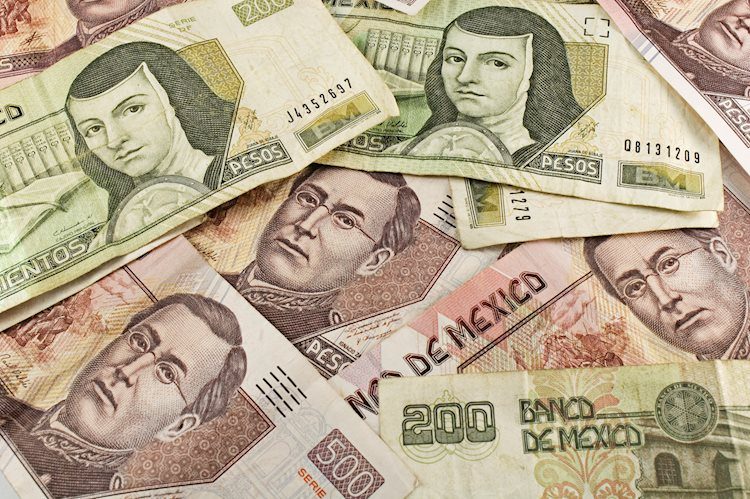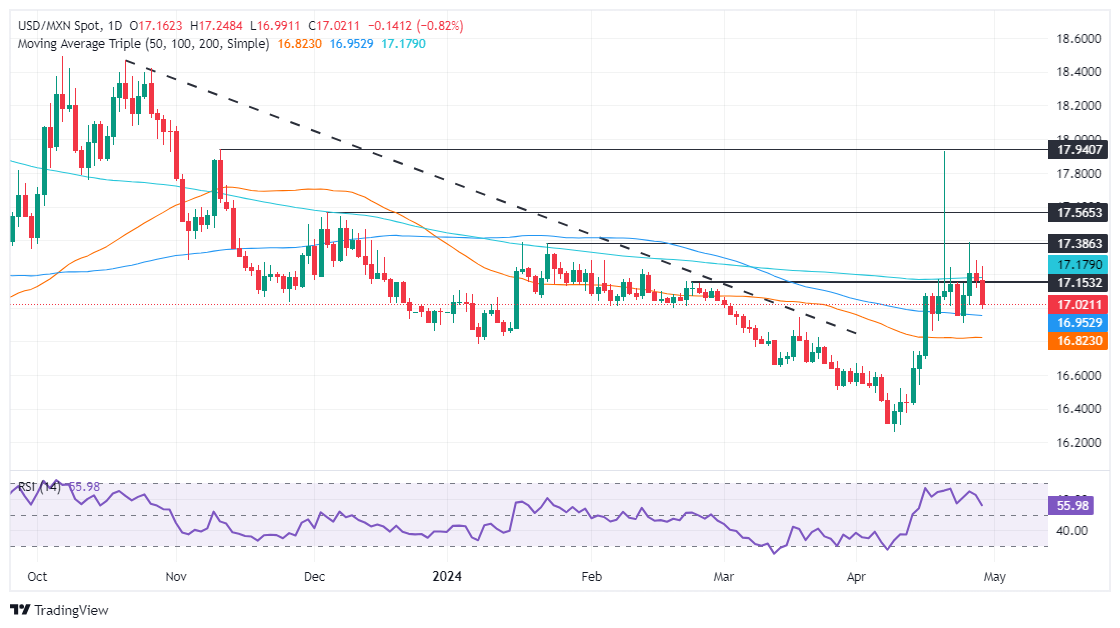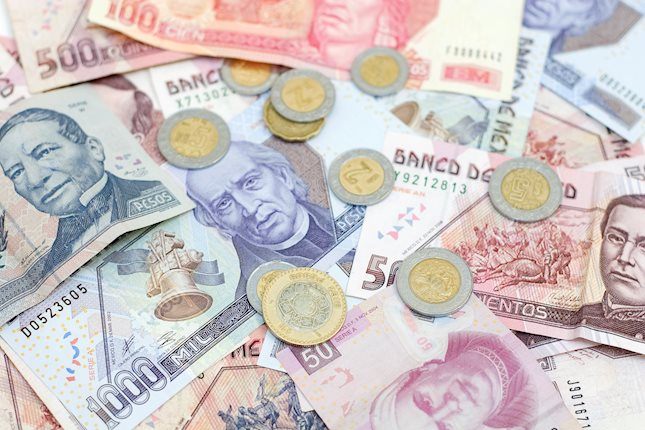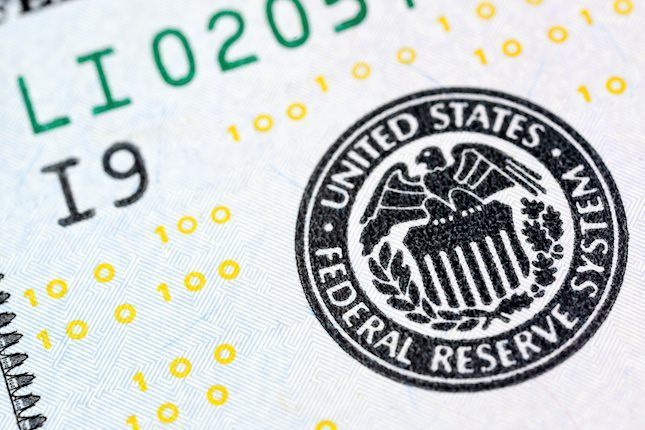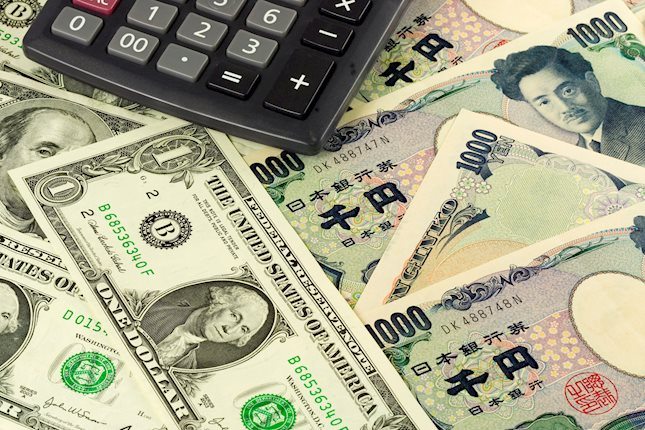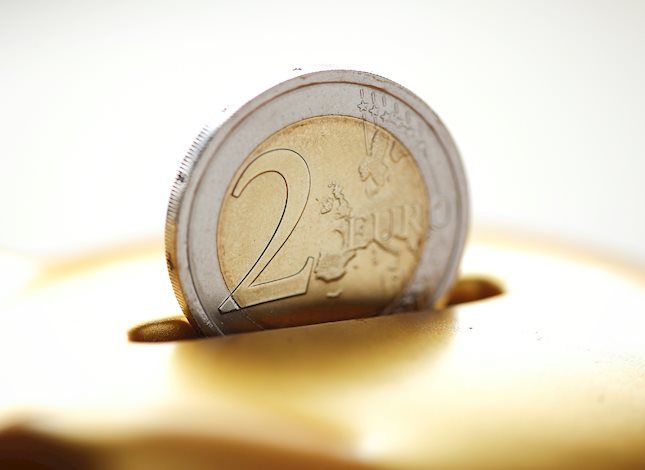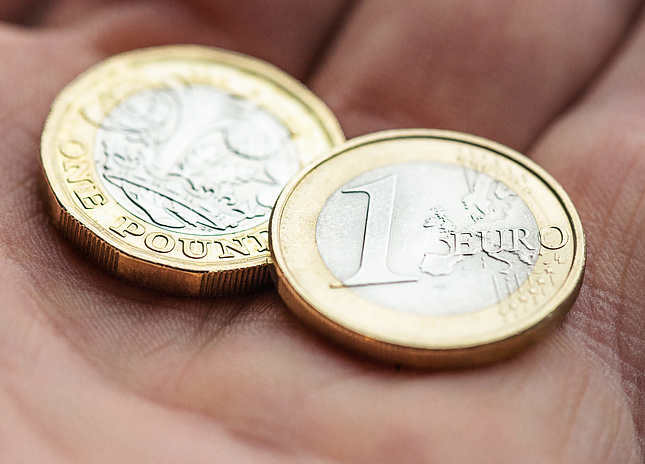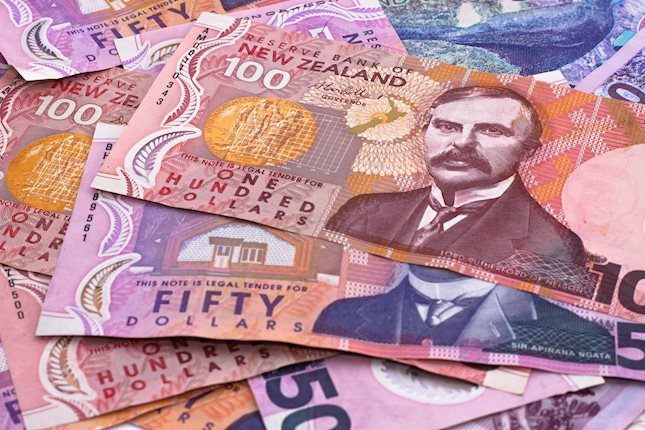Mexican Peso strengthens, focus on Mexico’s GDP and upcoming Fed decision
Most recent article: Mexican Peso slumps as US ECI costs rose, bolstering the US Dollar
- Mexican Peso gains over 0.7%, capitalizing on US Dollar pullback triggered by Japanese intervention in Forex markets.
- Mexico's economic agenda is light today, but pivotal releases like GDP figures and Banxico's forex reserves are due later in the week.
- USD/MXN traders’ focus shifts to Wednesday’s Fed monetary policy decision.
The Mexican Peso capitalizes on a softer US Dollar and registers more than 0.7% gains following Japanese authorities' intervention in the forex market. Consequently, the Greenback is the laggard during the session ahead of a busy economic docket in the United States (US), with traders focused on the Federal Reserve’s (Fed) monetary policy meeting on Wednesday. The USD/MXN trades at 17.00 after hitting a daily high of 17.24.
Mexico’s economic docket will remain absent during the day, but on Tuesday the release of Gross Domestic Product (GDP) figures could likely trigger some activity in the USD/MXN pair. On May 2, the Bank of Mexico (Banxico) will reveal Foreign Exchange Reserves, followed by Business Confidence, April’s S&P Global Manufacturing PMI, and Gross Fixed Investment on May 3.
Across the border, Wall Street registers gains, portraying a risk-on mood among investors, thus lending a lifeline to the Mexican Peso. This week, the US economic docket would be busy, though the most significant events will be the releases of the ISM Manufacturing PMI and the Fed’s monetary policy decision on May 1, followed by the Nonfarm Payroll figures on Friday and the ISM Services PMI.
Daily digest market movers: Mexican Peso climbs on upbeat mood ahead of Fed decision
- Last week, Banxico Governor Victoria Rodriguez Ceja said that service inflation is not slowing as expected, Peso’s strength has helped to temper inflationary pressure and lower imported goods. Ceja emphasized that Banxico would remain data-dependent.
- Last week Mexico’s labor market figures were more solid than expected, portraying a strong labor market. Meanwhile, the Balance of Trade witnessed a surplus of $2.098 billion in March, up from $-0.585B in the same month of the previous year.
- Furthermore, the latest inflation reports also supported the Mexican currency. Core inflation edged lower, while headline inflation is up from 4.48% to 4.63%. This would deter the Bank of Mexico (Banxico) from easing policy at the May meeting.
- Citibanamex Survey showed that most analysts expect Banxico to hold rates unchanged at the May meeting. The median foresees a rate cut in June, while they estimate the main reference rate to end at 10.00%, up from 9.63% previously.
- Although the USD/MXN is trending lower, it remains capped by the latest US inflation figures. The March US Core Personal Consumption Expenditure Price Index (PCE) expanded as expected by 0.3% MoM and was unchanged when compared to February’s number. Annually-based inflation increased by 2.8%, unchanged from February but exceeding estimates.
- Federal Reserve is expected to keep rates unchanged at May 1 meeting, though traders will be eyeing Fed Chairman Jerome Powell’s press conference. A hawkish tilt could trigger a jump in favor of the Greenback; otherwise, the USD/MXN could resume its downtrend.
- Data from the Chicago Board of Trade (CBOT) suggests that traders expect the fed funds rate to finish 2024 at 5.035%, down from 5.050% last Friday.
MXN technical analysis: Mexican Peso appreciates as USD/MXN tumbles below 200-day SMA
The Mexican Peso extended its recovery to two days, reaching a two-day high of 16.98, further below the 200-day Simple Moving Average (SMA) at 17.17. Further losses are seen if USD/MXN buyers fail to hold the exchange rate above 17.00, as key support levels would emerge at the 50-day SMA at 16.81 before challenging last year’s low of 16.62.
Conversely, the 200-day (SMA) would be the first resistance. Once cleared, that would extend the uptrend. The next resistance would be the January 23 swing high of 17.38, followed by the year-to-date (YTD) high of 17.92, ahead of 18.00.
Mexican Peso FAQs
The Mexican Peso (MXN) is the most traded currency among its Latin American peers. Its value is broadly determined by the performance of the Mexican economy, the country’s central bank’s policy, the amount of foreign investment in the country and even the levels of remittances sent by Mexicans who live abroad, particularly in the United States. Geopolitical trends can also move MXN: for example, the process of nearshoring – or the decision by some firms to relocate manufacturing capacity and supply chains closer to their home countries – is also seen as a catalyst for the Mexican currency as the country is considered a key manufacturing hub in the American continent. Another catalyst for MXN is Oil prices as Mexico is a key exporter of the commodity.
The main objective of Mexico’s central bank, also known as Banxico, is to maintain inflation at low and stable levels (at or close to its target of 3%, the midpoint in a tolerance band of between 2% and 4%). To this end, the bank sets an appropriate level of interest rates. When inflation is too high, Banxico will attempt to tame it by raising interest rates, making it more expensive for households and businesses to borrow money, thus cooling demand and the overall economy. Higher interest rates are generally positive for the Mexican Peso (MXN) as they lead to higher yields, making the country a more attractive place for investors. On the contrary, lower interest rates tend to weaken MXN.
Macroeconomic data releases are key to assess the state of the economy and can have an impact on the Mexican Peso (MXN) valuation. A strong Mexican economy, based on high economic growth, low unemployment and high confidence is good for MXN. Not only does it attract more foreign investment but it may encourage the Bank of Mexico (Banxico) to increase interest rates, particularly if this strength comes together with elevated inflation. However, if economic data is weak, MXN is likely to depreciate.
As an emerging-market currency, the Mexican Peso (MXN) tends to strive during risk-on periods, or when investors perceive that broader market risks are low and thus are eager to engage with investments that carry a higher risk. Conversely, MXN tends to weaken at times of market turbulence or economic uncertainty as investors tend to sell higher-risk assets and flee to the more-stable safe havens.
Forex News
Keep up with the financial markets, know what's happening and what is affecting the markets with our latest market updates. Analyze market movers, trends and build your trading strategies accordingly.
